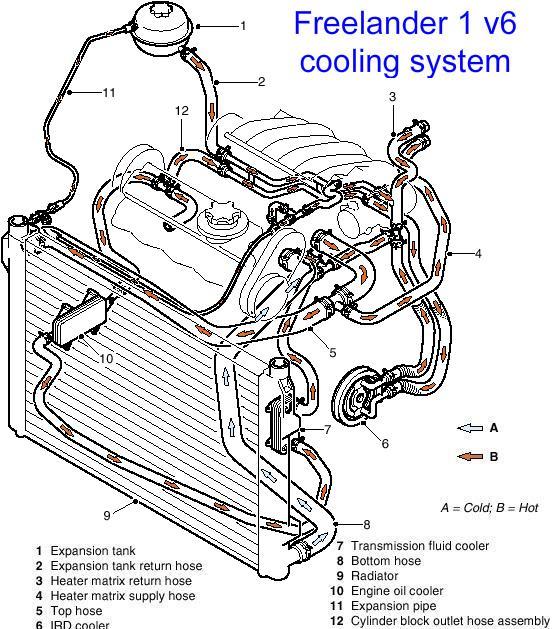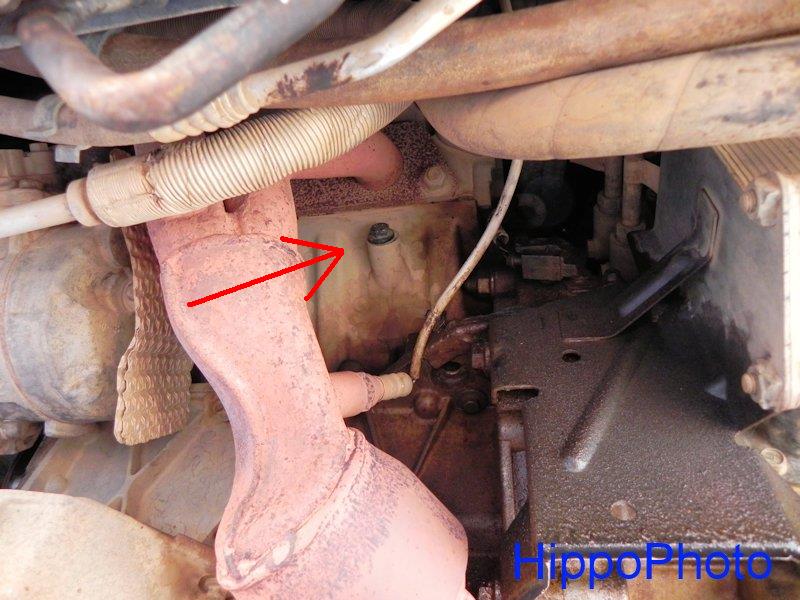Hello,
I thought i'd start a new thread as the old one was under a different heading and that problem was solved thankfully.
So i'm trying to diagnose the ongoing overheating problem on my v6 freelander. Coolant starts to boil in the overflow bottle after about 20 mins idling. I've have already changed the thermostat with no change. Top radiator hose gets hot but bottom hose stays stone cold so logically I think I'm left with either faulty water pump or clogged radiator.
If I understand the cooling system correctly, removing the top hose as shown should give a good flow from the water pump correct?
I suspect the flow shown in the video is insufficient but I wanted to get a more experienced opinion if possible.
Also I have flushed water through the radiator and it's definately not completly clogged up but I guess it still may be the problem.
I was just looking at how to change the water pump, let me tell you I hope that is not the problem!
It actually all looks reasonably straight forward except for the part where you use special tools to lock of the top cam pulleys. Is this part essential or is there another more DIY way to go about it perhaps?
Anyway, here is the video of the coolant flow
https://www.youtube.com/watch?v=TRug8-jU7f4
Thanks
Ben
I thought i'd start a new thread as the old one was under a different heading and that problem was solved thankfully.
So i'm trying to diagnose the ongoing overheating problem on my v6 freelander. Coolant starts to boil in the overflow bottle after about 20 mins idling. I've have already changed the thermostat with no change. Top radiator hose gets hot but bottom hose stays stone cold so logically I think I'm left with either faulty water pump or clogged radiator.
If I understand the cooling system correctly, removing the top hose as shown should give a good flow from the water pump correct?
I suspect the flow shown in the video is insufficient but I wanted to get a more experienced opinion if possible.
Also I have flushed water through the radiator and it's definately not completly clogged up but I guess it still may be the problem.
I was just looking at how to change the water pump, let me tell you I hope that is not the problem!
It actually all looks reasonably straight forward except for the part where you use special tools to lock of the top cam pulleys. Is this part essential or is there another more DIY way to go about it perhaps?
Anyway, here is the video of the coolant flow
https://www.youtube.com/watch?v=TRug8-jU7f4
Thanks
Ben


